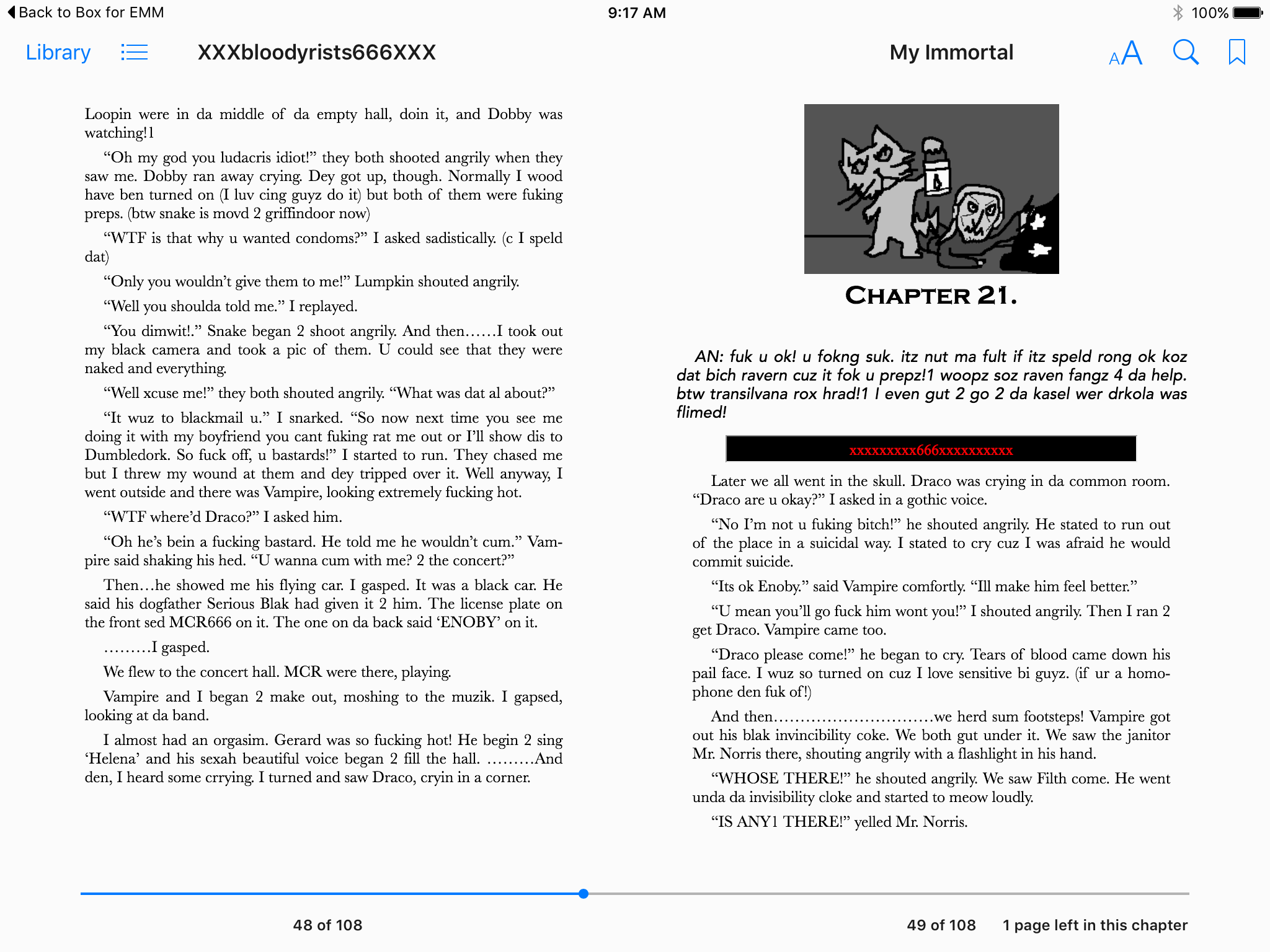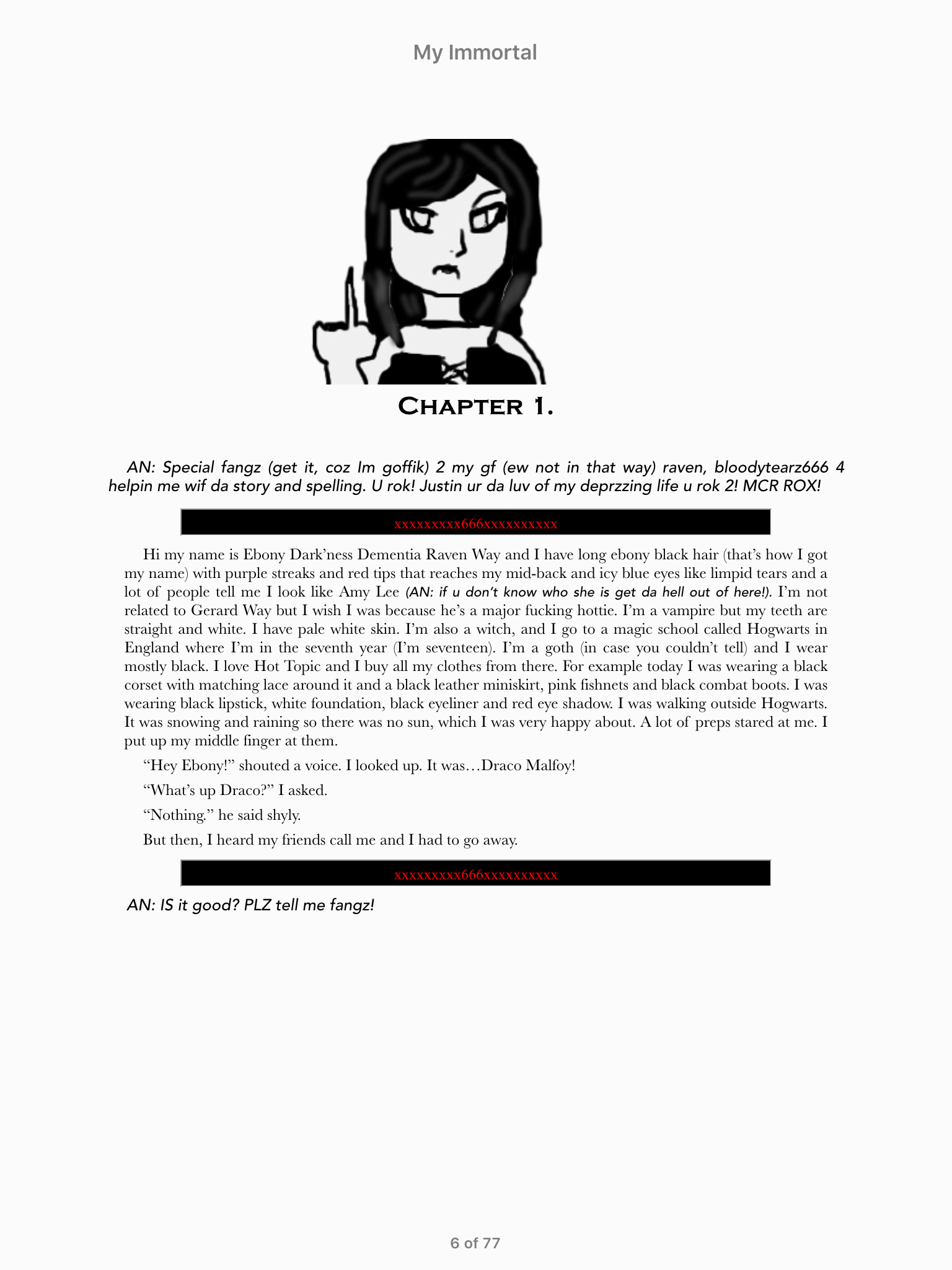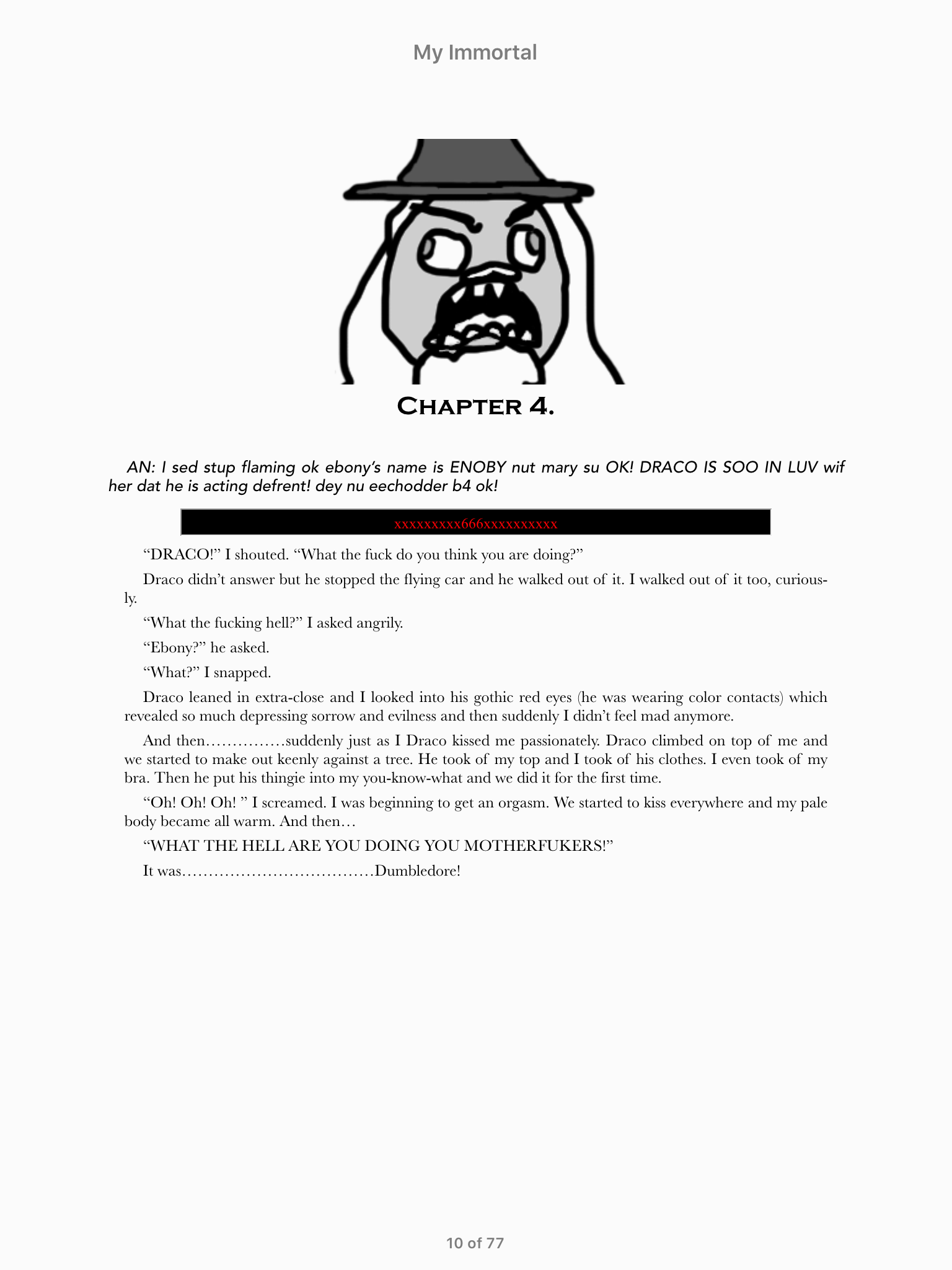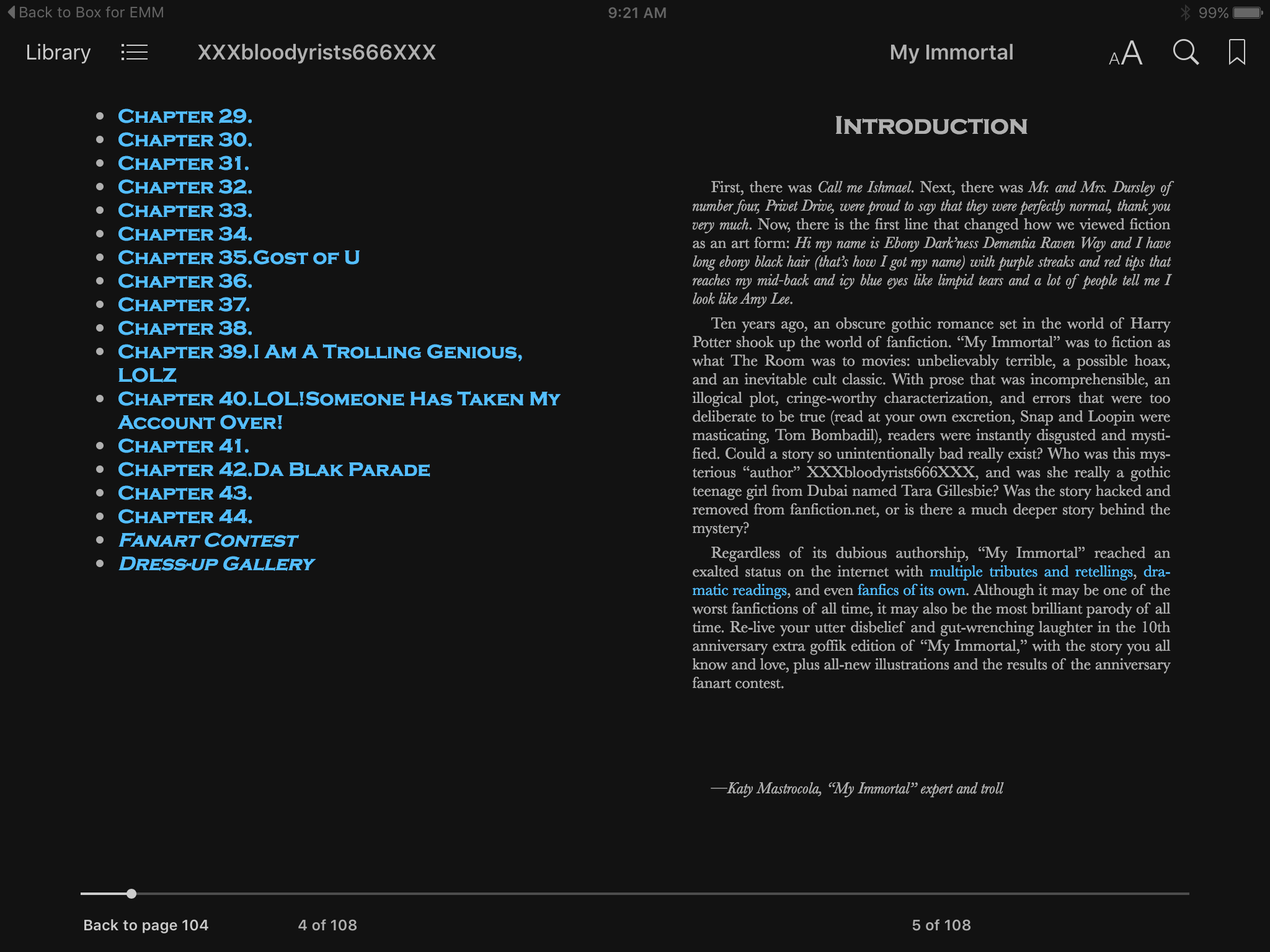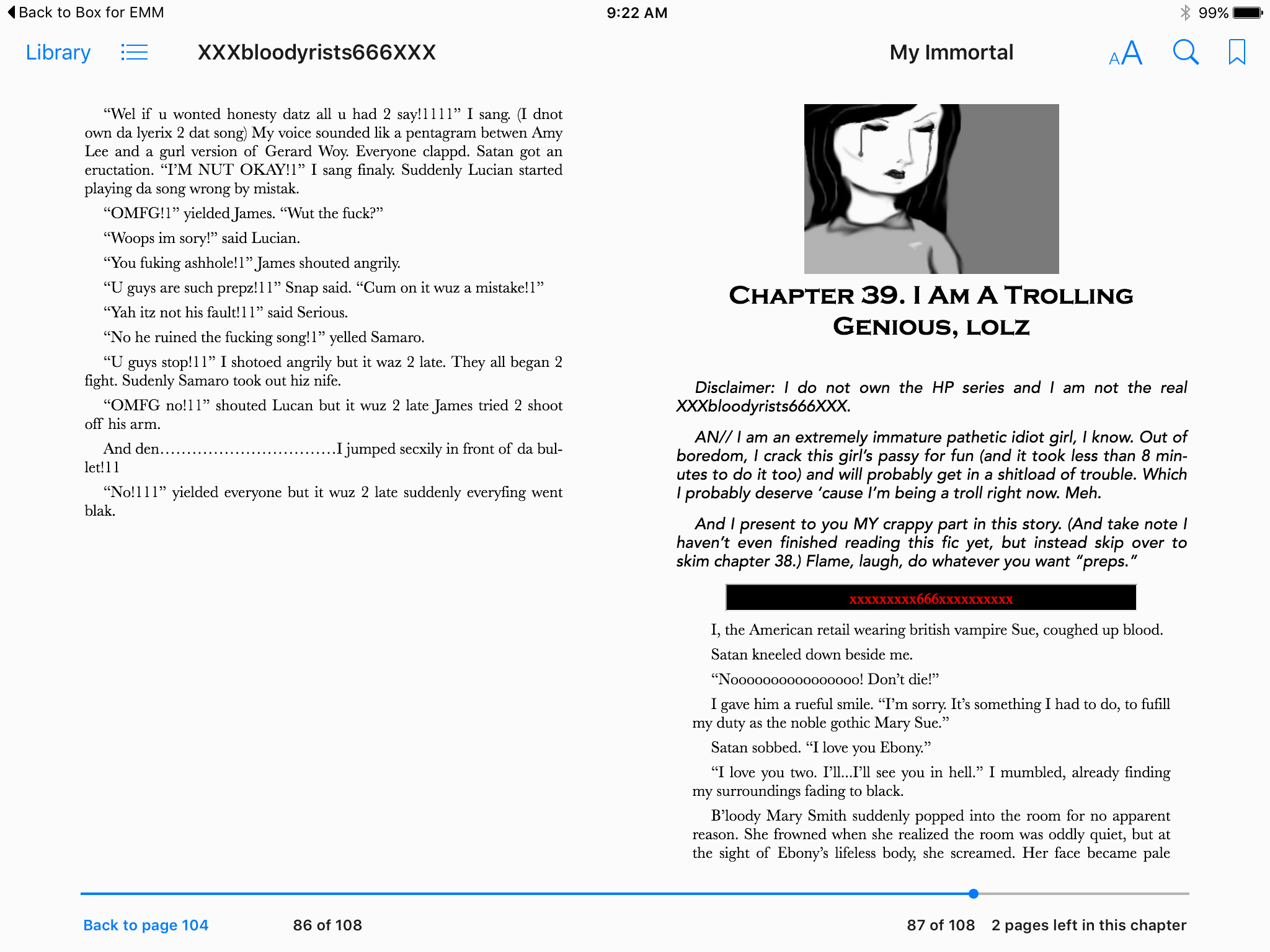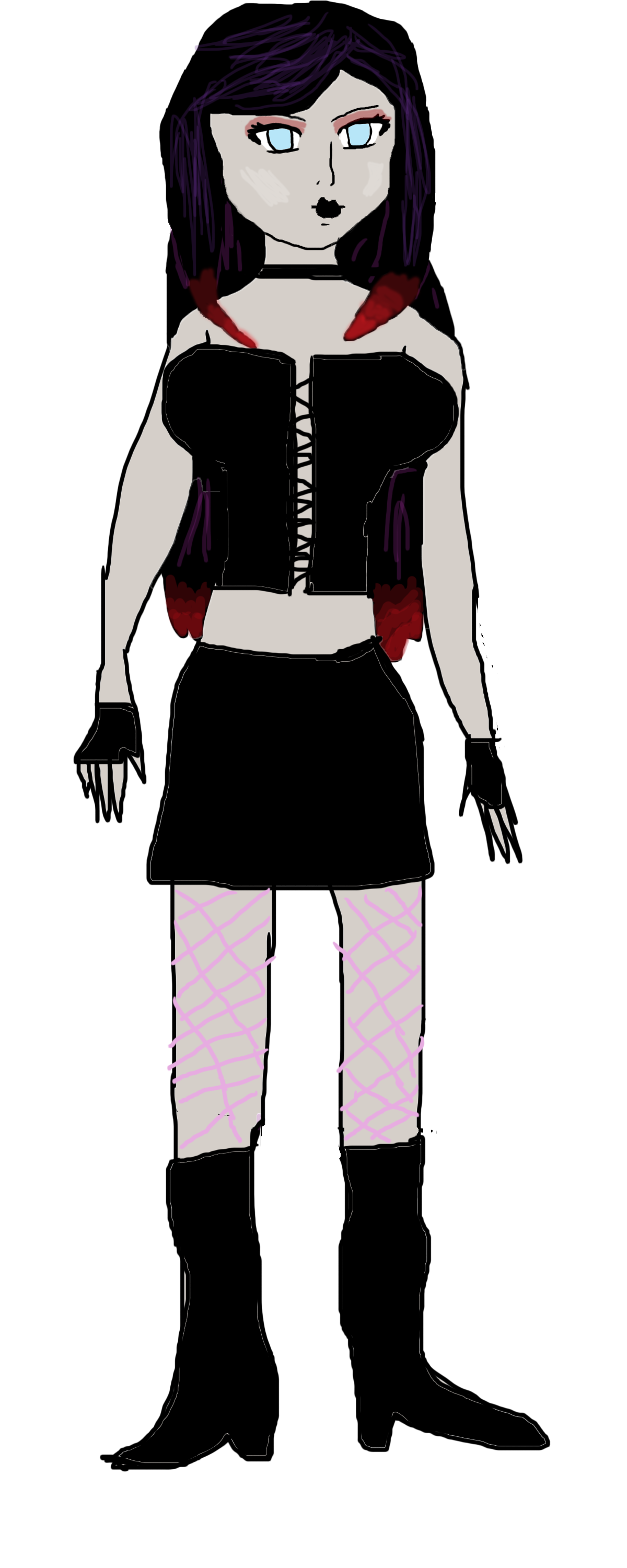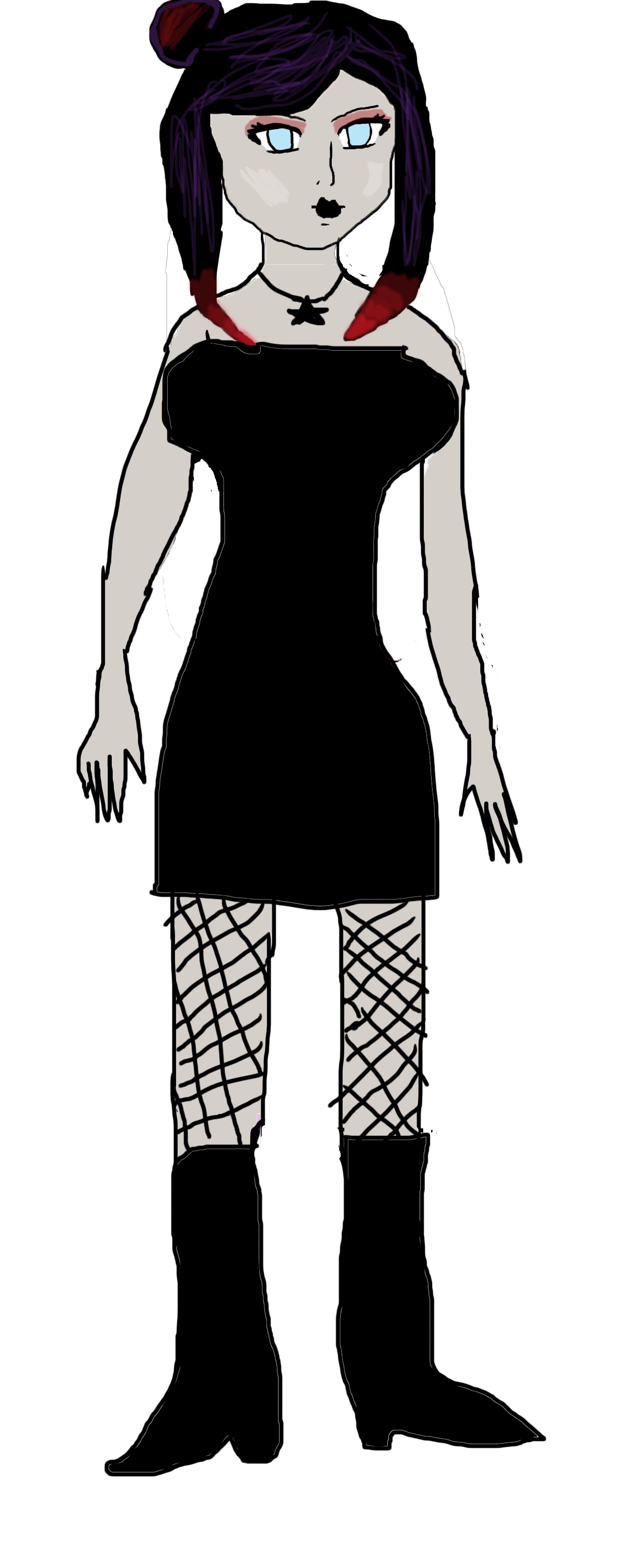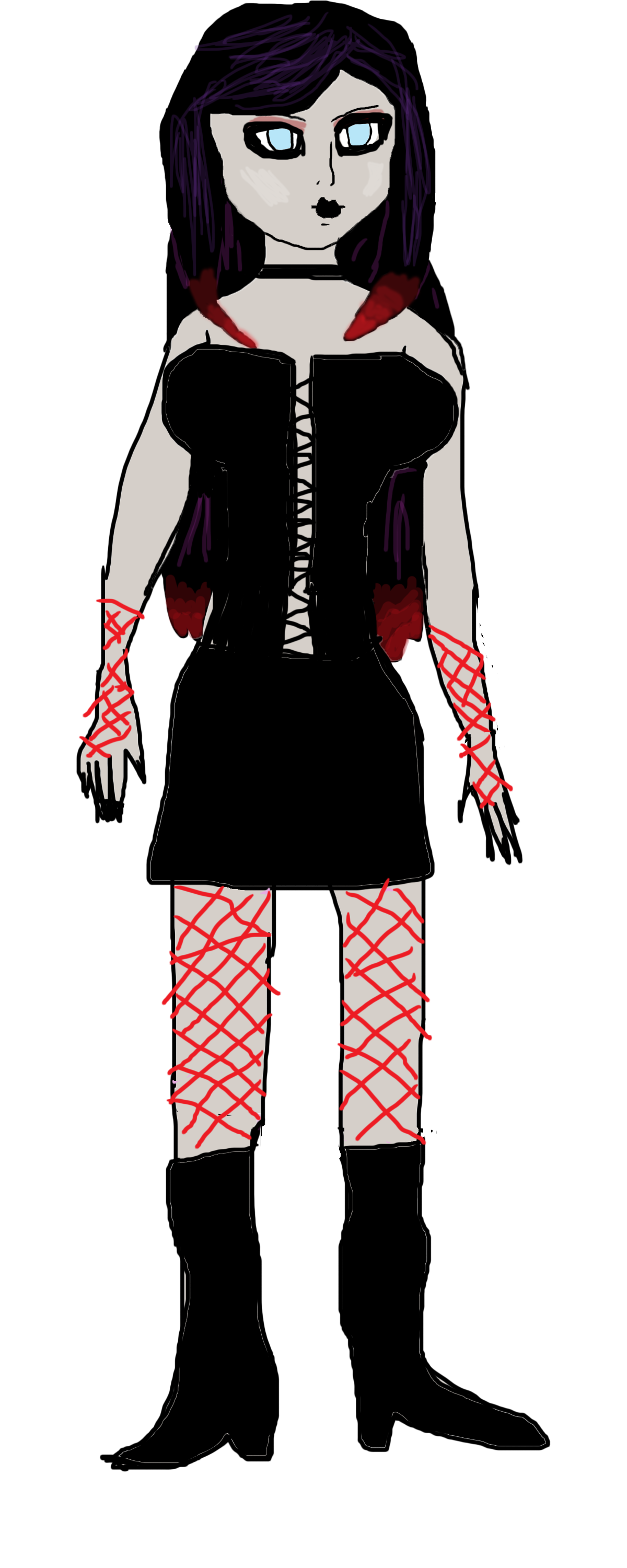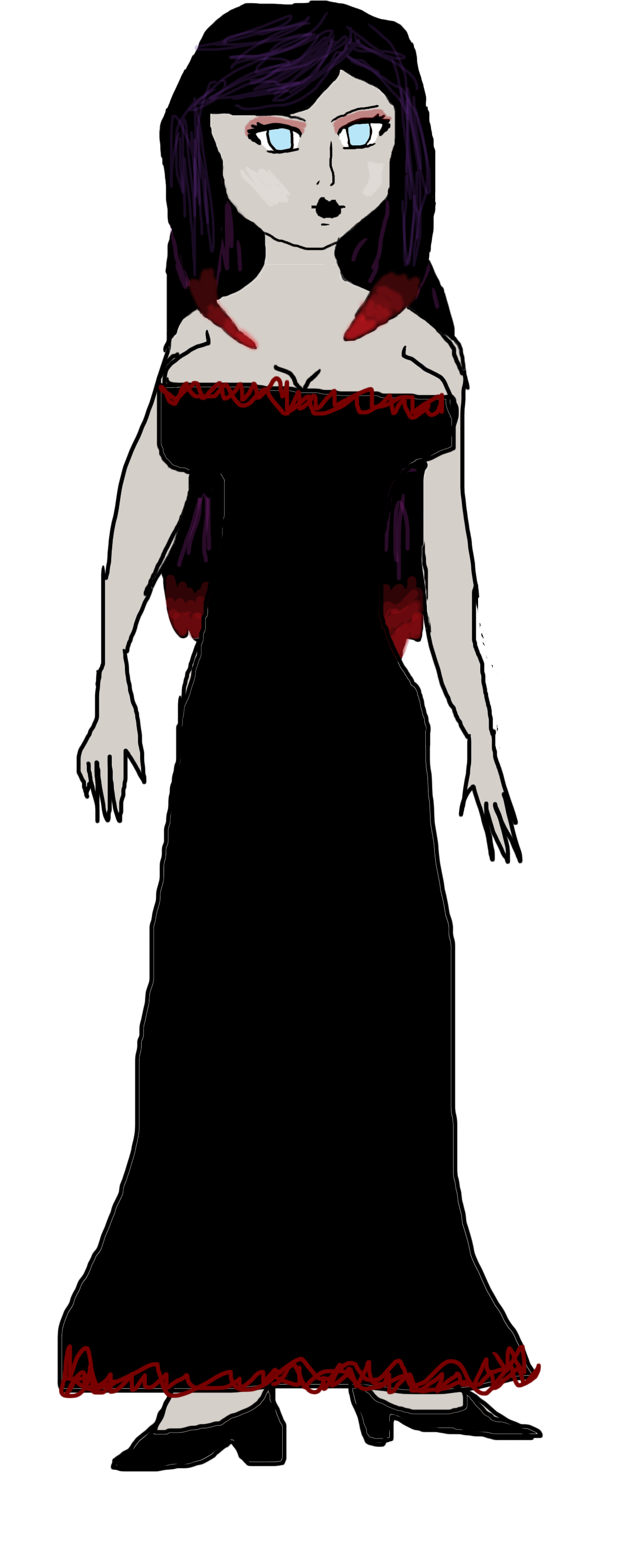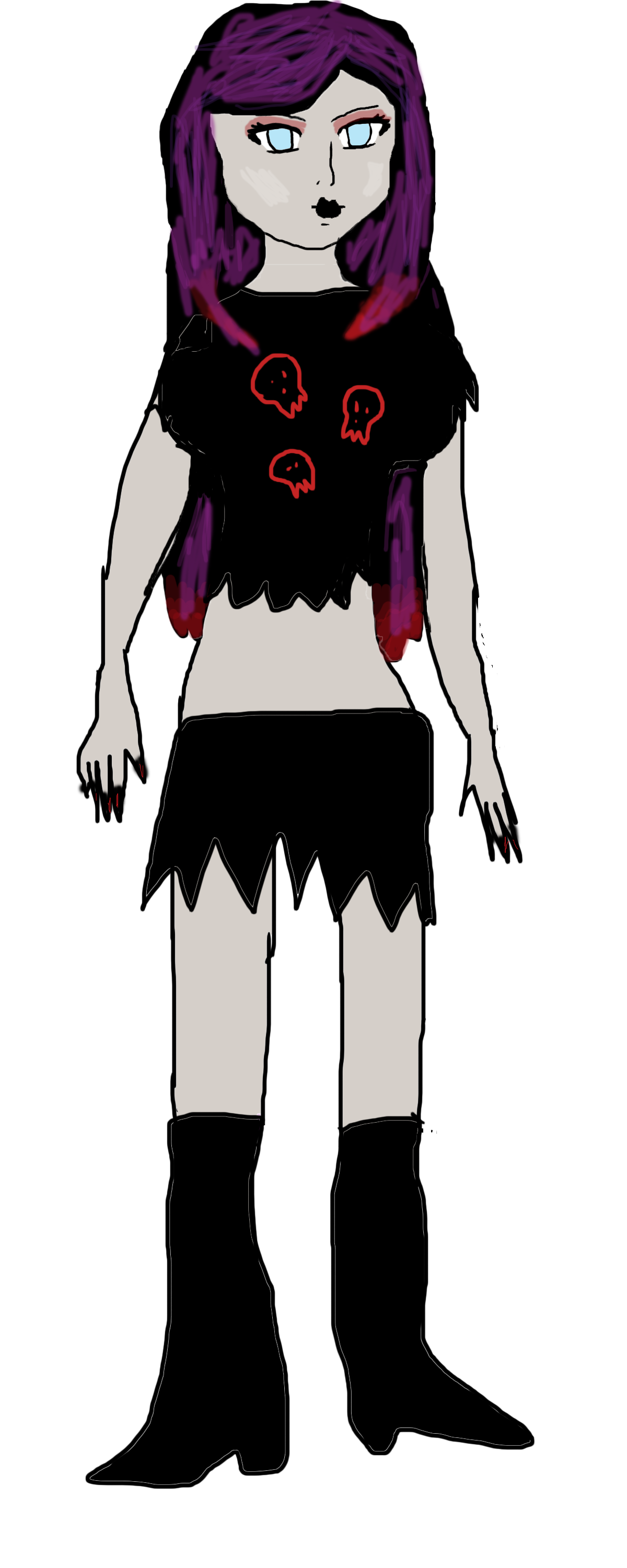One of the reasons why I am drawn to eproduction is because it is a field where innovation is encouraged and you always get the opportunity to learn. Unlike with print books, if you find a mistake in your ebook or a better way of doing things, you can go back and fix it. Nothing is ever “final” when it comes to making ebooks, which is why I find it the most interesting aspect of publishing. Plus, I am a perfectionist so I can rest easier knowing that if I forgot to put in italics somewhere or used a low-res image, I can change it myself and get those changes in readers’ hands before they even notice.
I started my journey into eproduction after taking an interest in HTML and CSS in an introduction to electronic publishing class in my master’s program. From there, I learned how to code ebooks at The MIT Press, where I worked on academic trade books with many figures and tables. In November 2015, I started working at HMH Books & Media in the digital managing editorial group (the most talented ebook ninjas in the trade). I mostly work on children’s titles, but also dabble in general interest and lifestyle. My role has grown a lot since I first started—I not only QA ebooks, but also convert and edit them using XML, HTML, CSS, and InDesign, make PDFs, archive our digital files, edit images, make fixed layout ebooks using InDesign, code manuscripts, work with metadata and content management systems, advocate for accessibility on our Diversity Council, and take on an odd project or two.
As my skills have grown, so has recognition. I won ebookcraft’s So You Think You Can Code contest in 2018 and then once again in 2019. I placed third in ebook design for Welcome, Wombat in the 2019 New England Book Show and first for Emmy in the Key of Code in 2020. Every year it is my goal to up the ante in ebook design.
Another ongoing goal of mine has been to make our ebooks more accessible. When I first started, our ebooks were OK but needed a lot of work: we didn’t have alt text, our code wasn’t always semantically correct, and we didn’t include accessibility metadata. With a lot of troubleshooting, documentation writing, and persistence in collaborating with fellow editors and designers, I pushed for changes that would ultimately have our ebooks meeting WCAG 2A accessibility standards. Of course, there is still a lot of room for improvement, so this will always be something at the forefront of my work.
Here are some visual examples of my ebook work (click on images to enlarge).
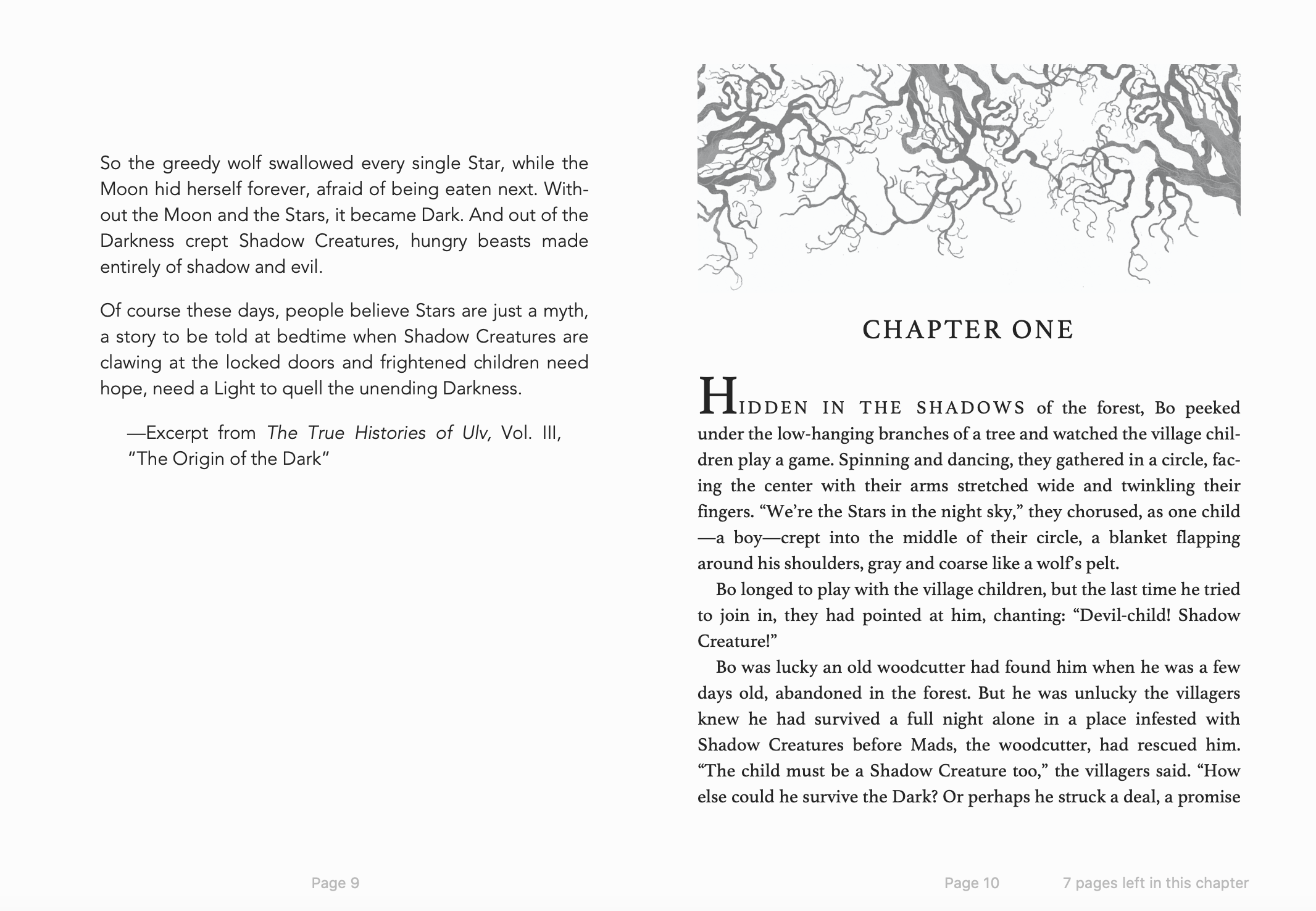
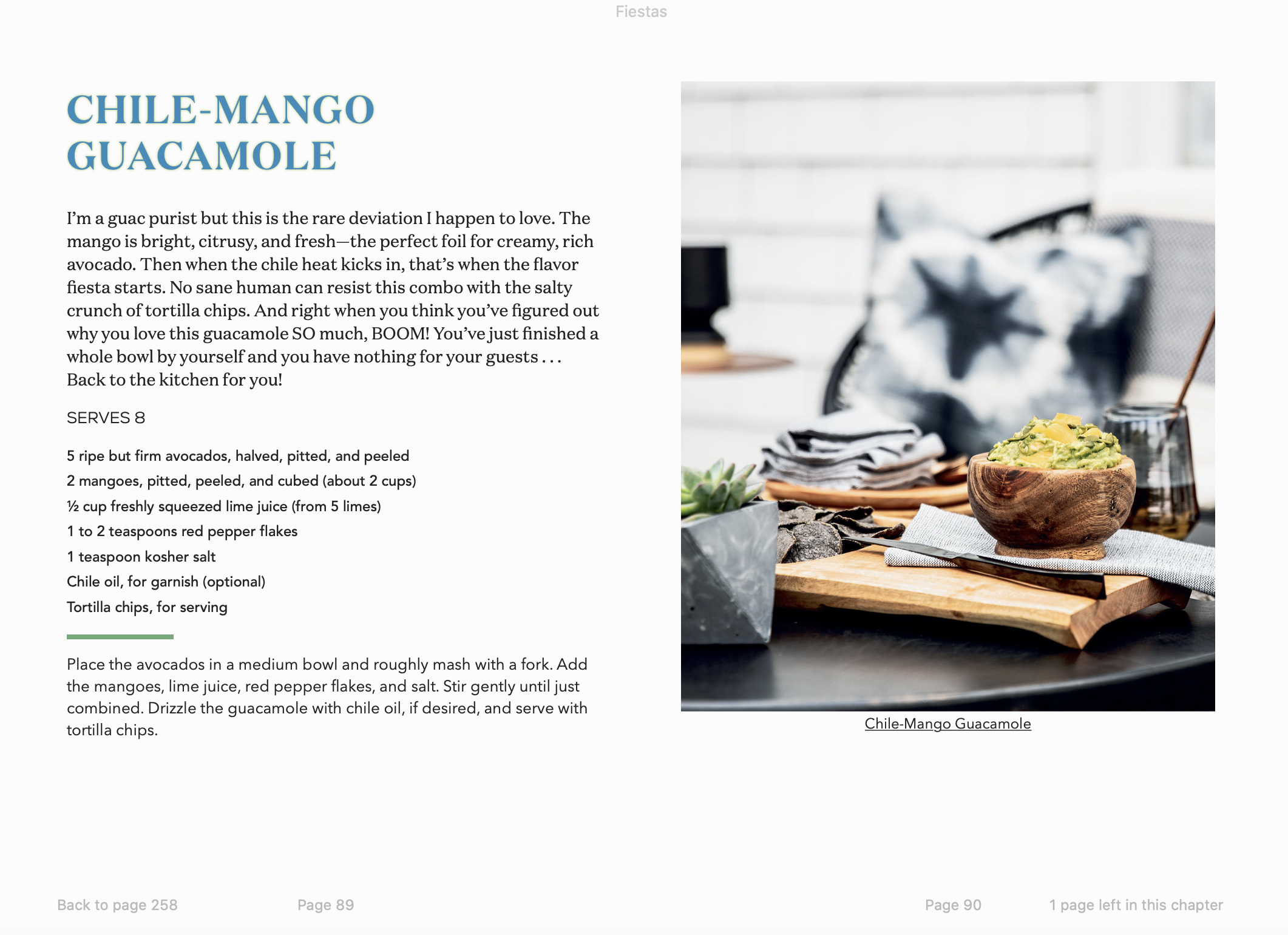
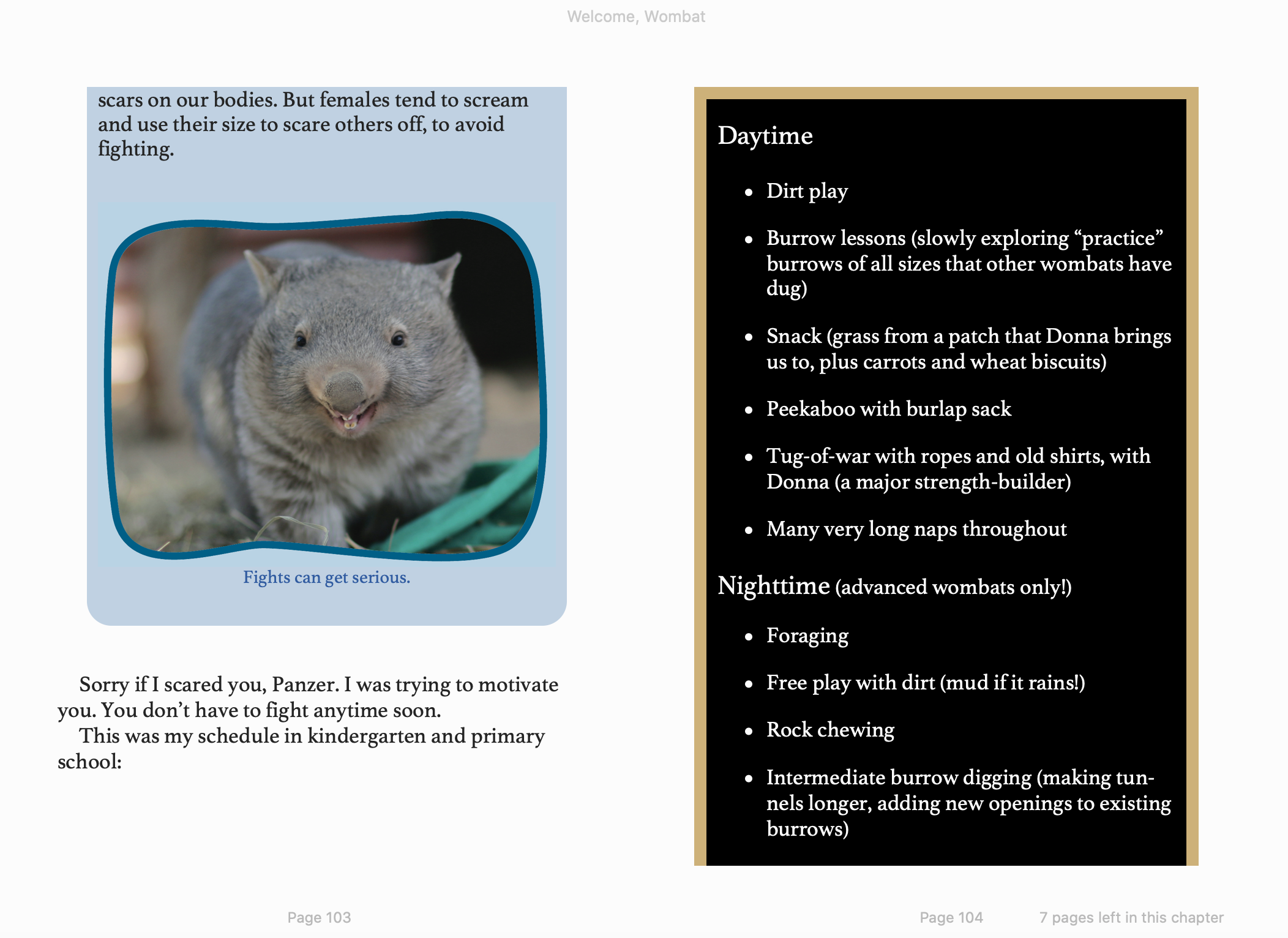
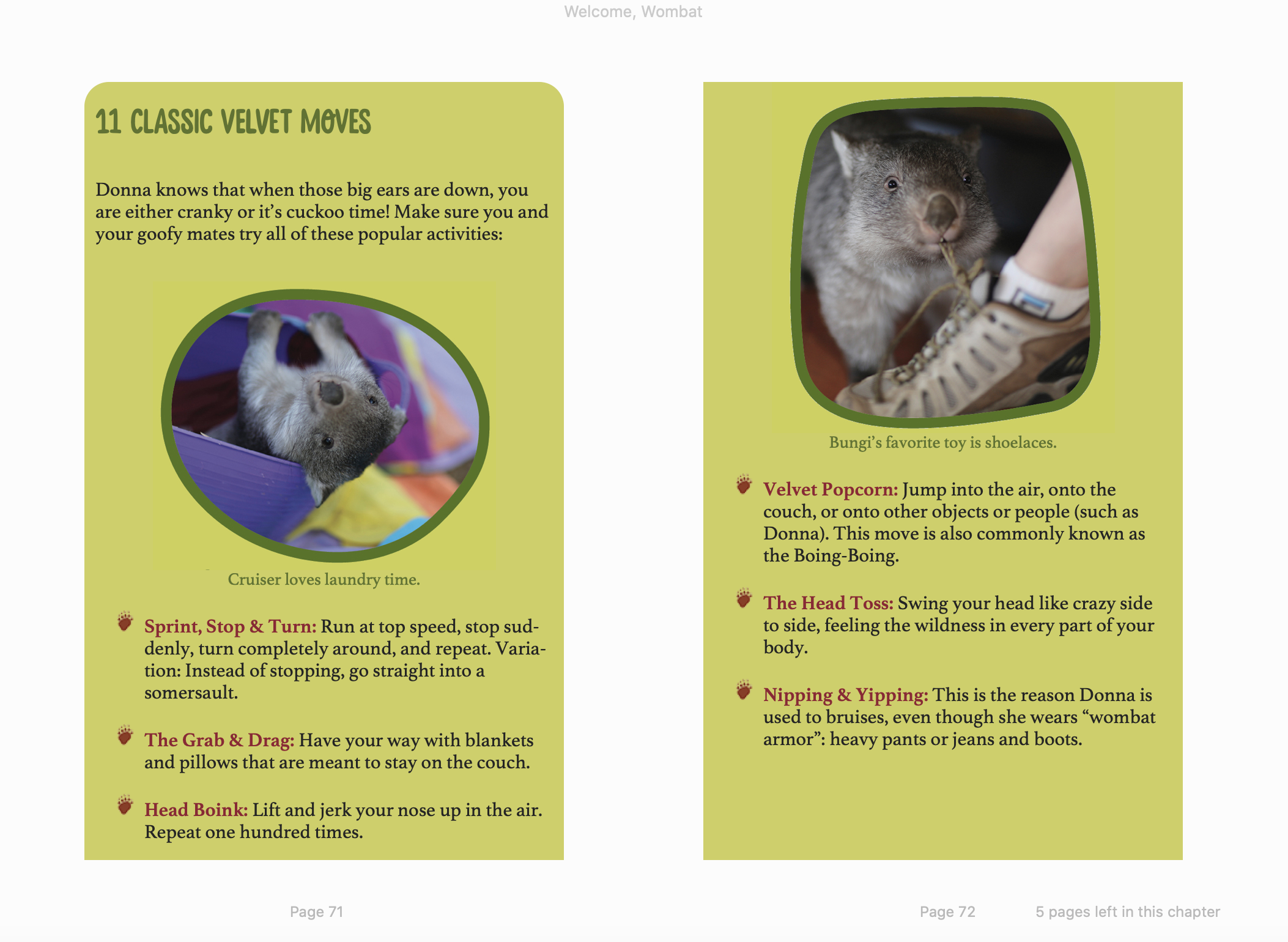
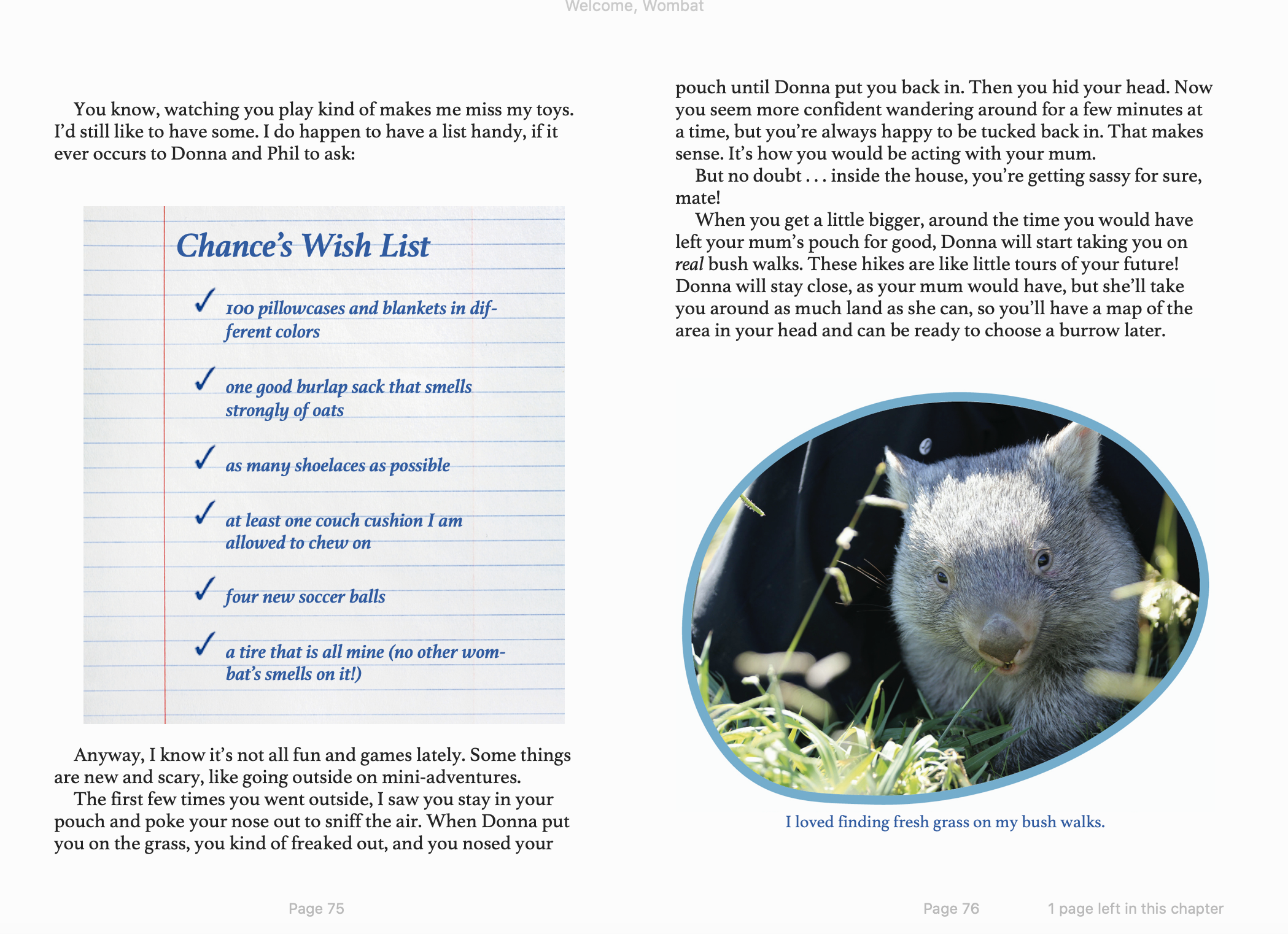
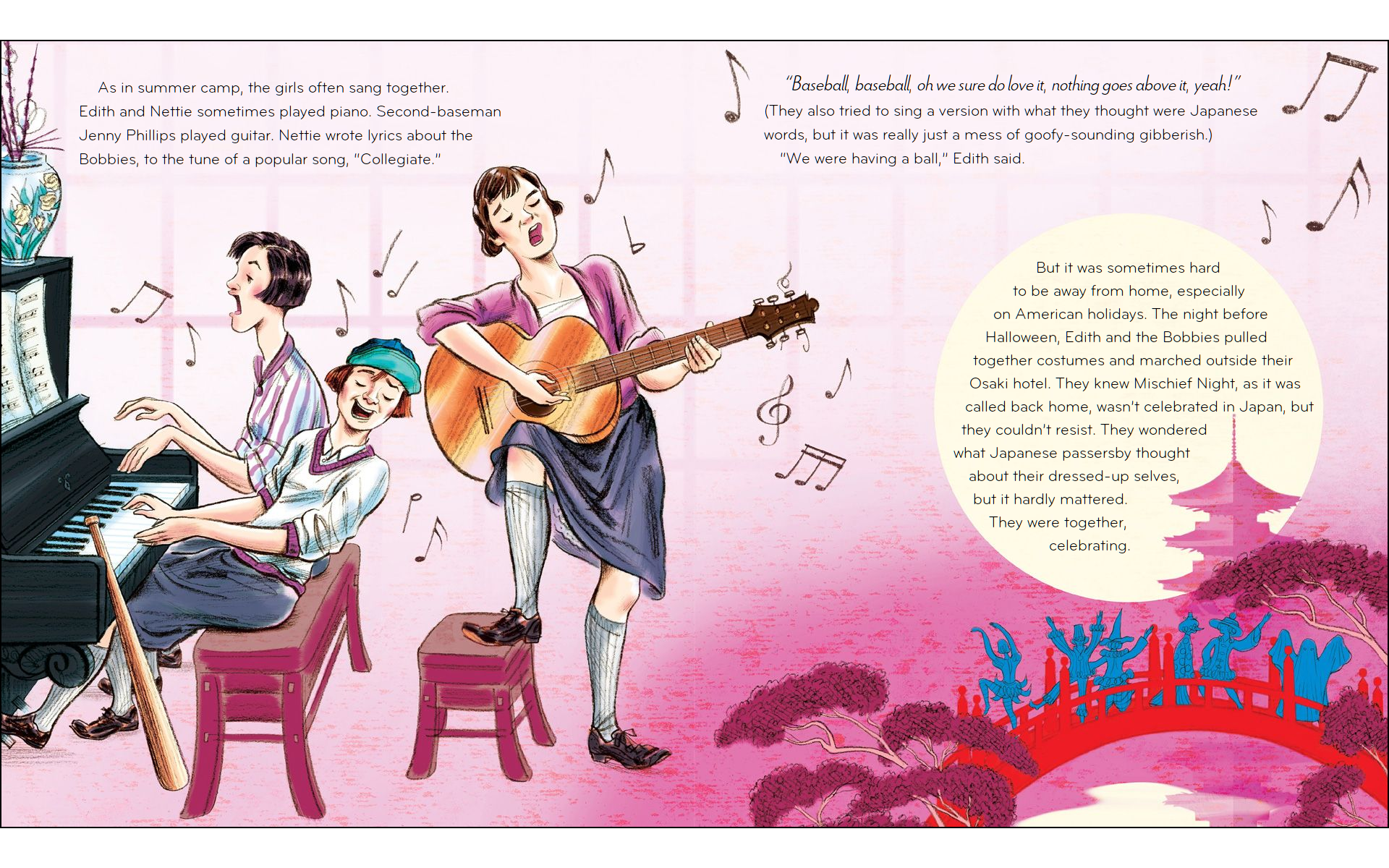
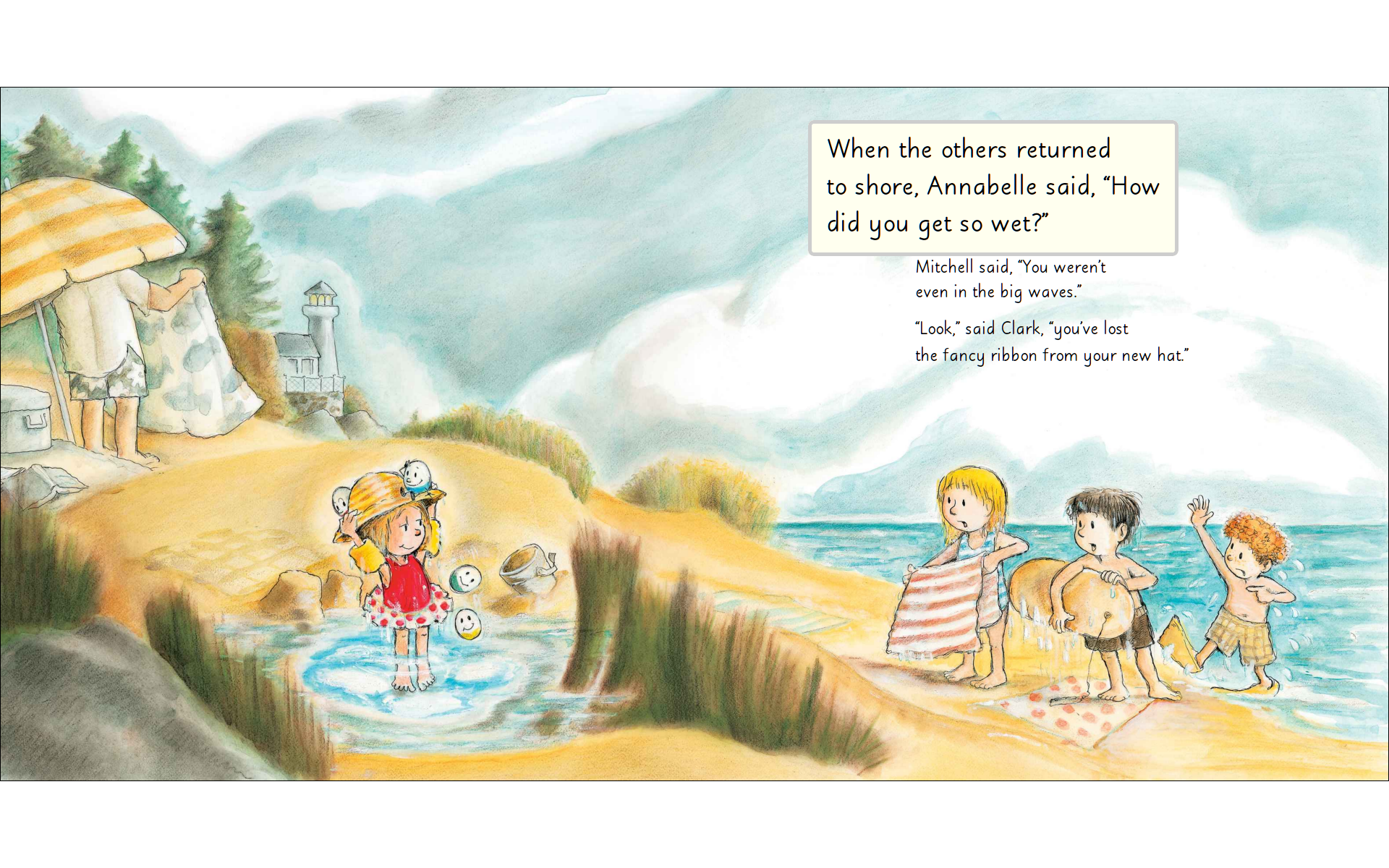
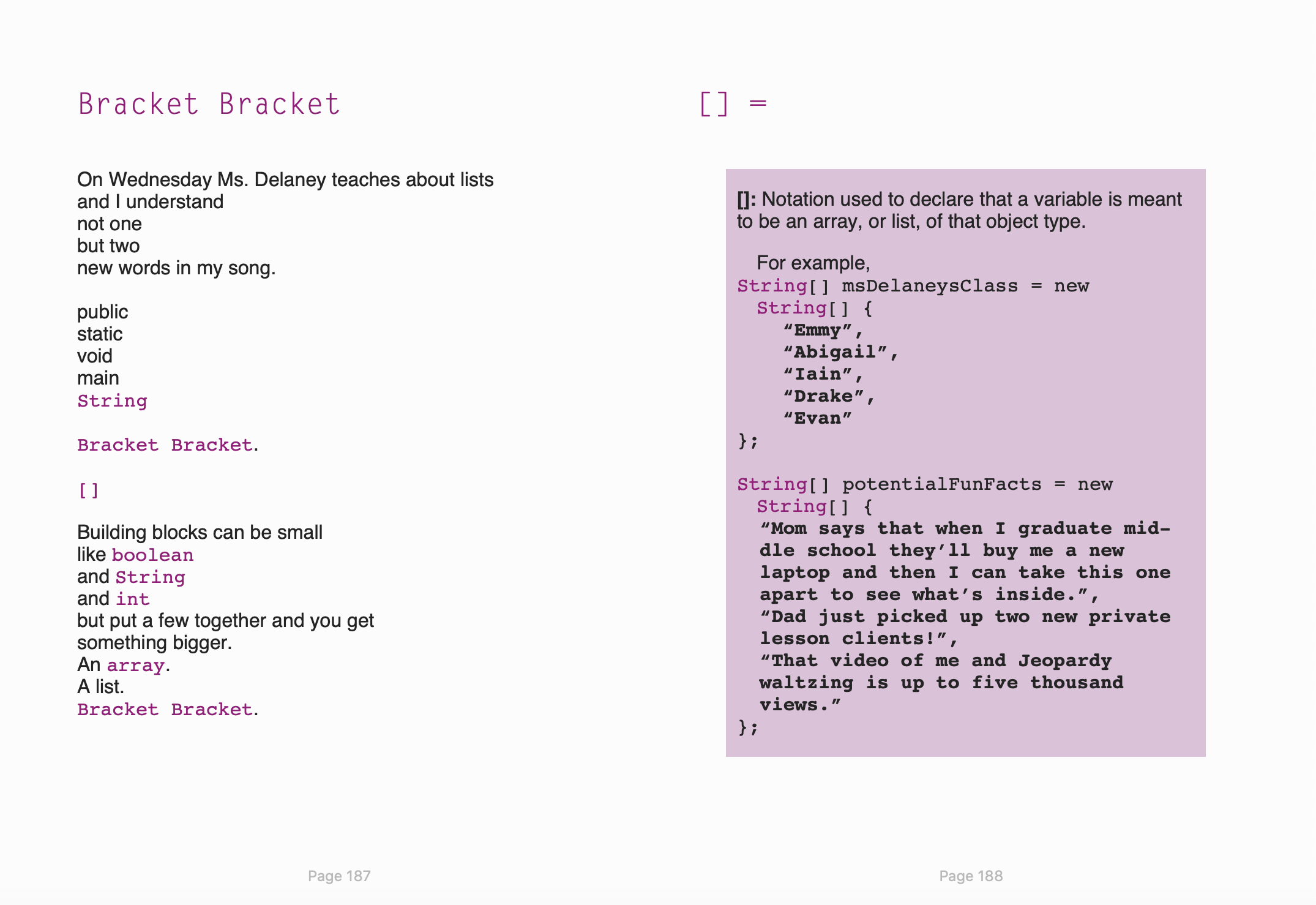
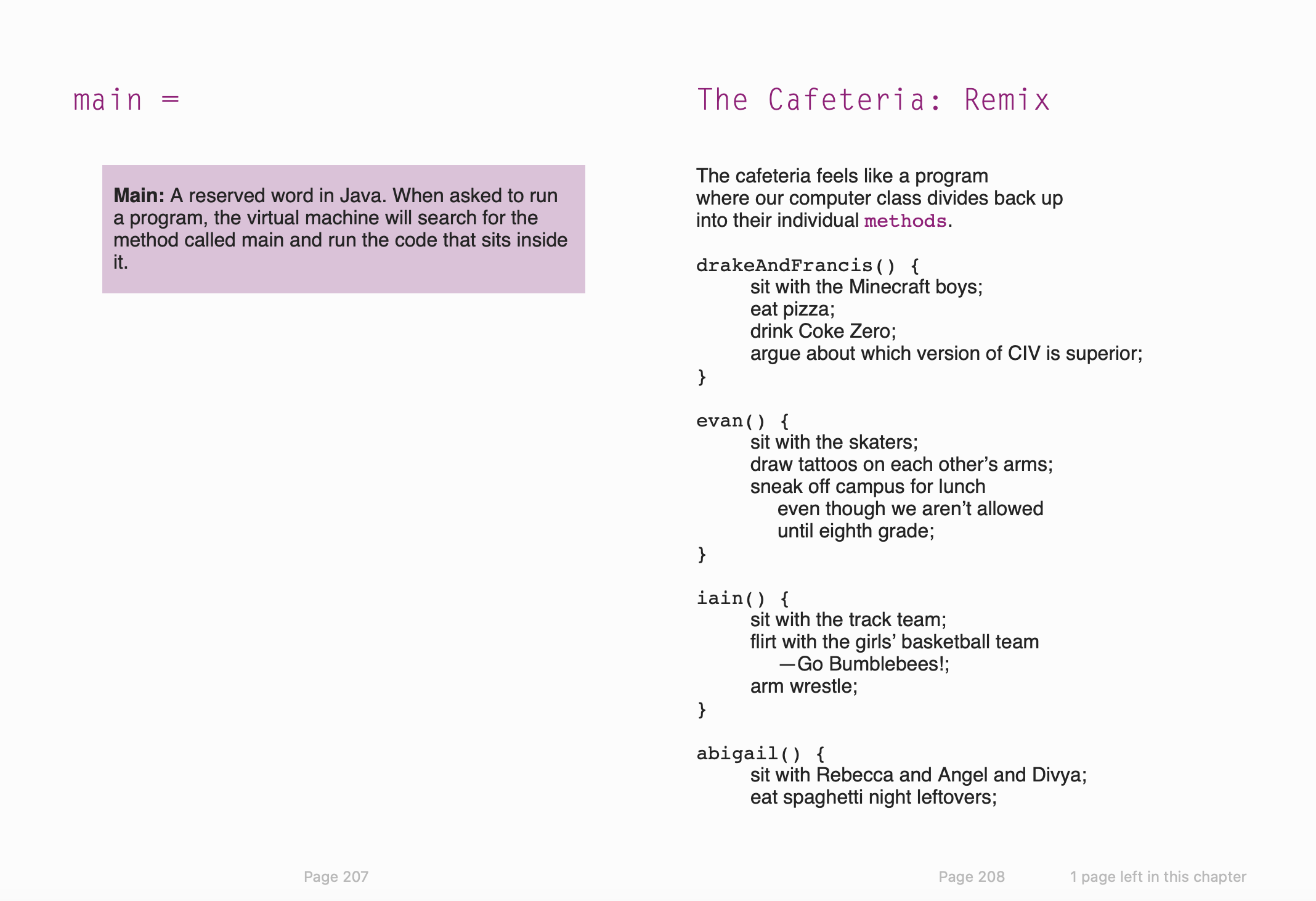
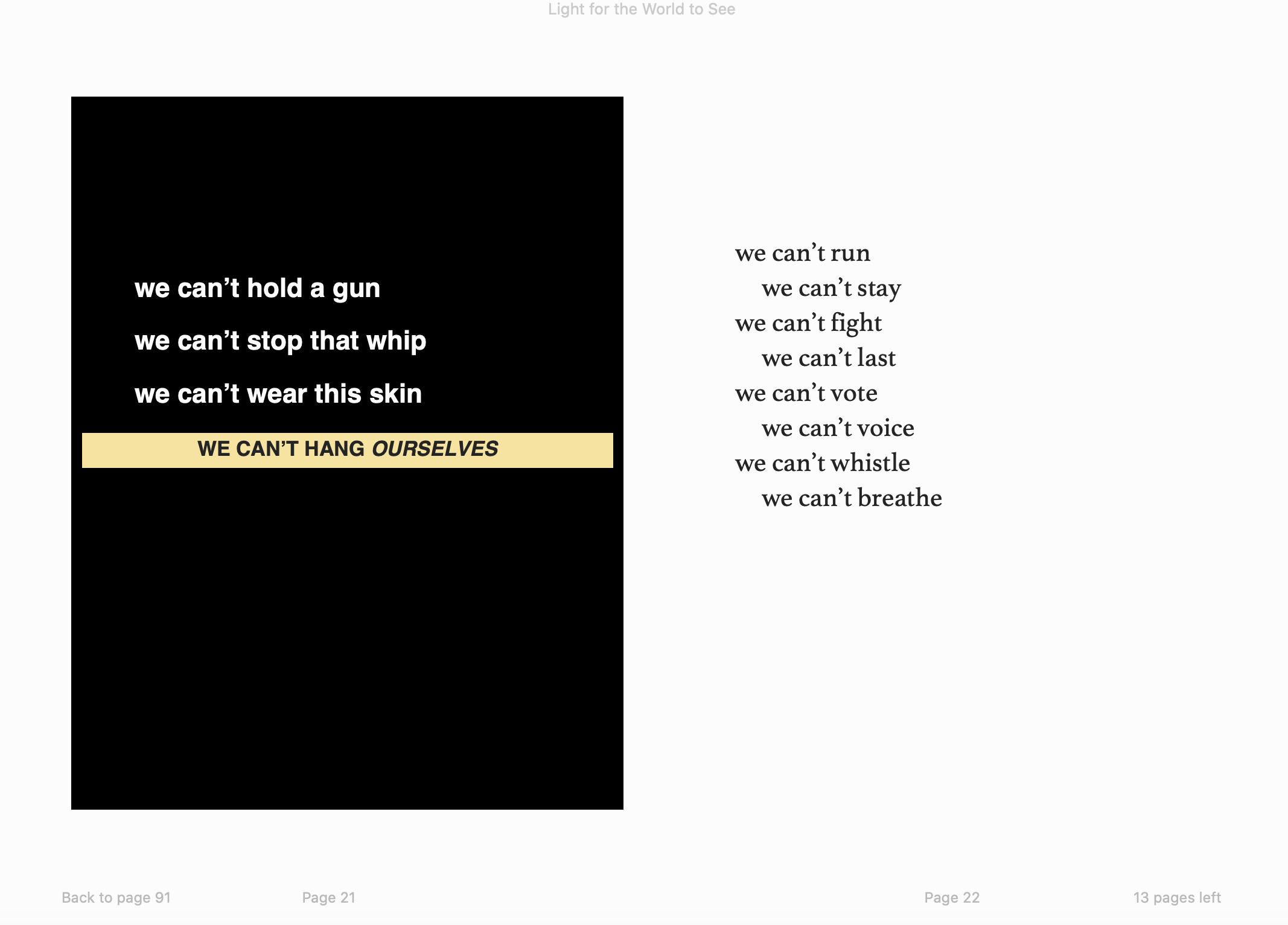
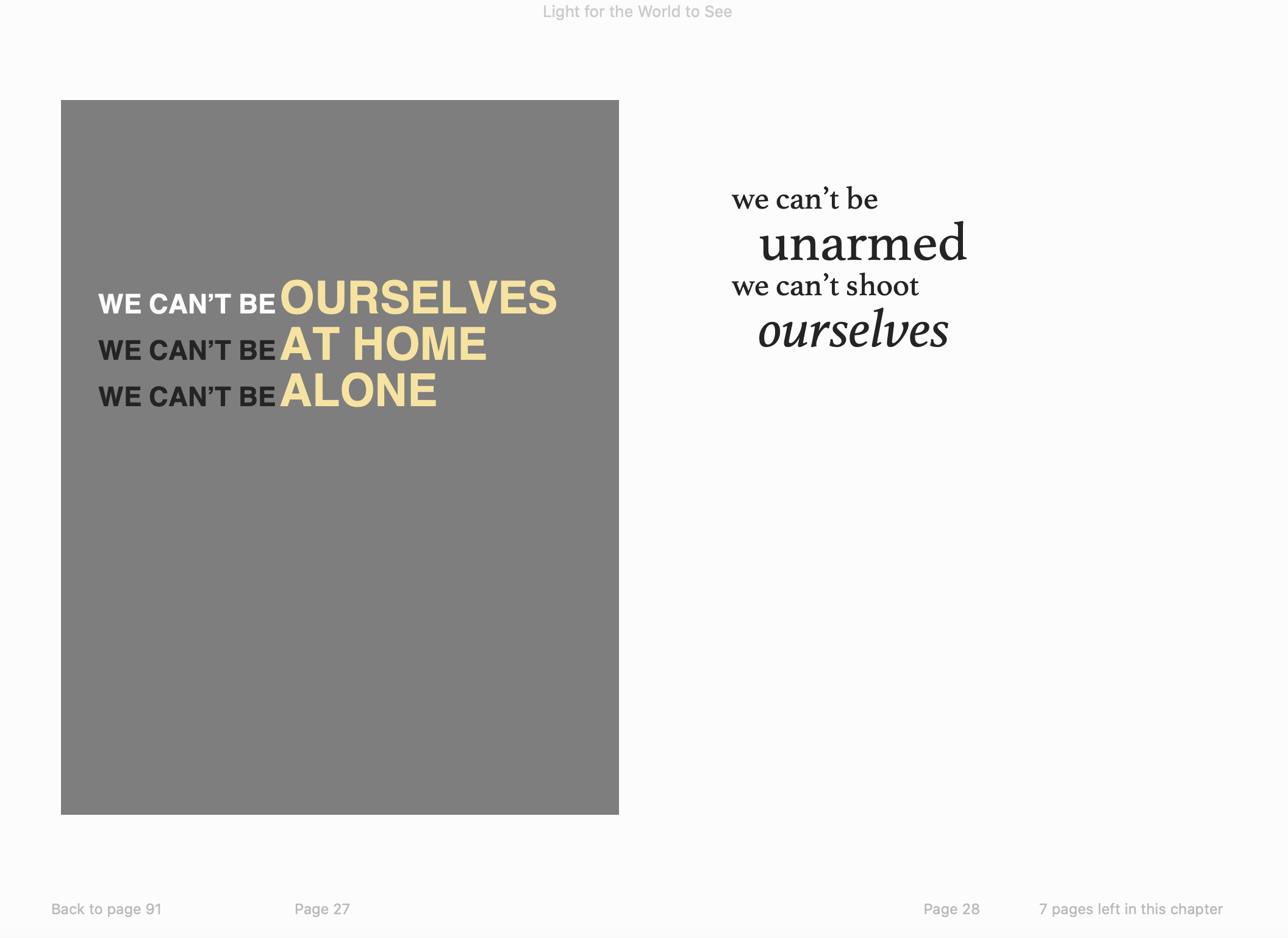
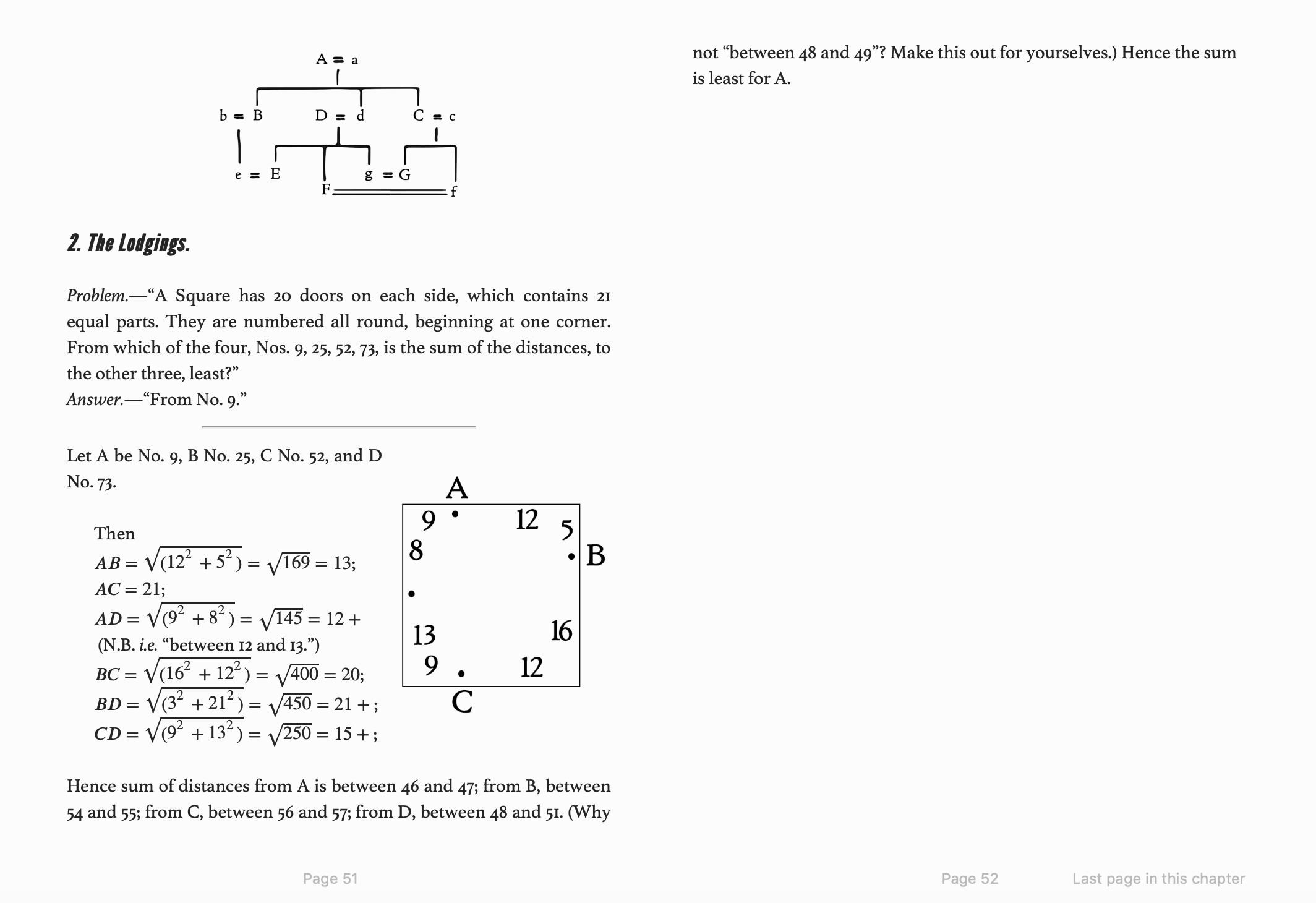
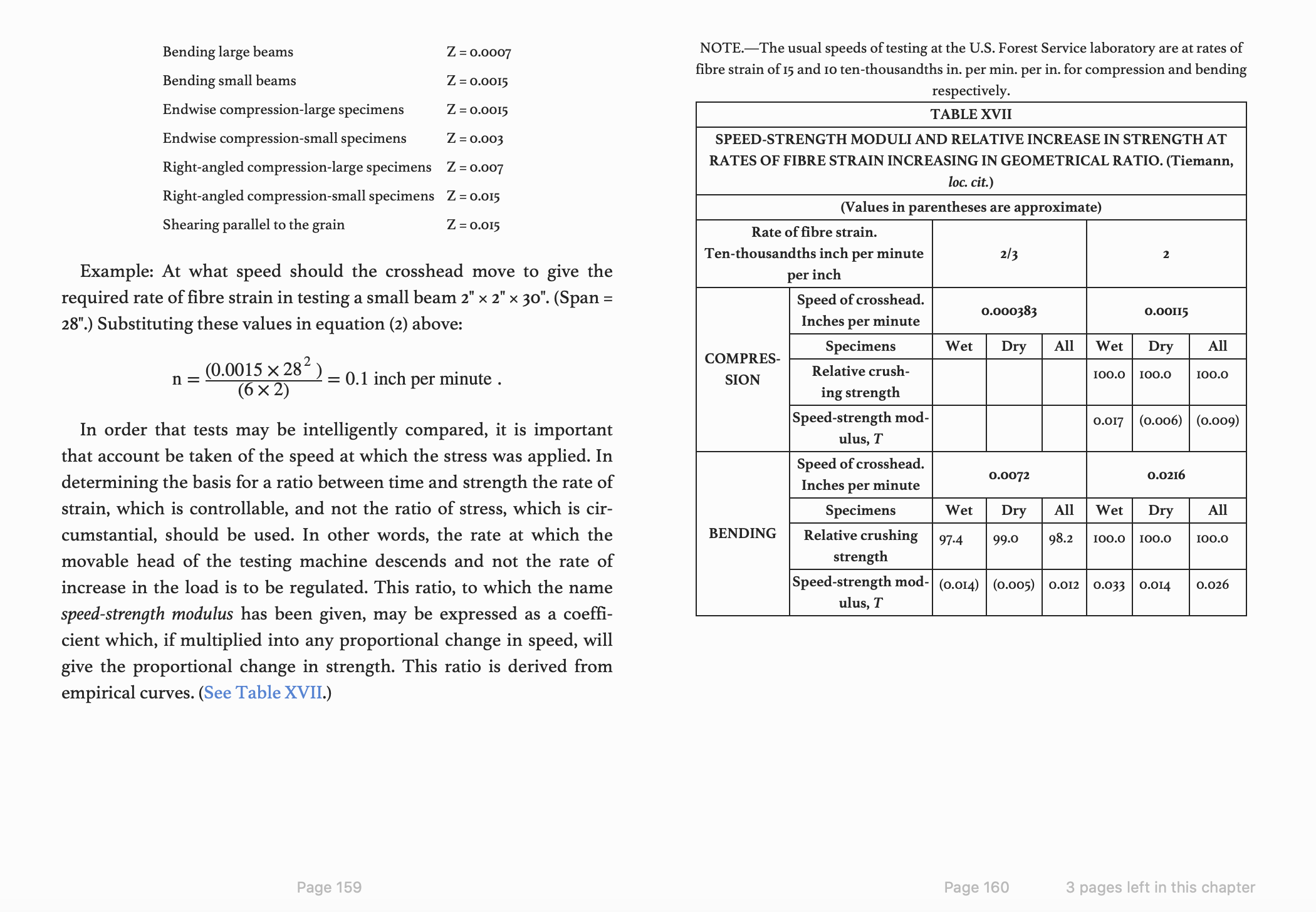
I have also worked on several Choose-Your-Own-Adventure type titles with exhaustive linking. Check out a sample video of the functionality of The Panic Button Book by Tammi Kirkness.
And although they are largely not accepted by most vendors, I also know how to add animations to ebooks in InDesign. Check out a sample video of this in action on a fixed layout ebook of a comic by my friend, Christina Kelly.
I also like to make ebooks for fun. When asked to make an ebook for a class project, I chose the worst fanfiction ever, “My Immortal”, and created the campiest ebook ever. An important part of knowing how to design well is what not to do. Or maybe that’s just an excuse for doing something that makes you laugh. But regardless, today, you, yes you, can DOWNLOAD the special anniversary edition of “My Immortal”, complete with an introduction by yours truly, BEAUTIFUL illustrations, a fanart contest, and a dressup gallery, available in epub3 and mobi (for Kindle) formats. Note that the Kindle version does not contain a working version of the dressup gallery since JavaScript is not supported, but you can see a preview of it below, along with some choice screenshots of how the ebook looked originally before I cleaned it up.


